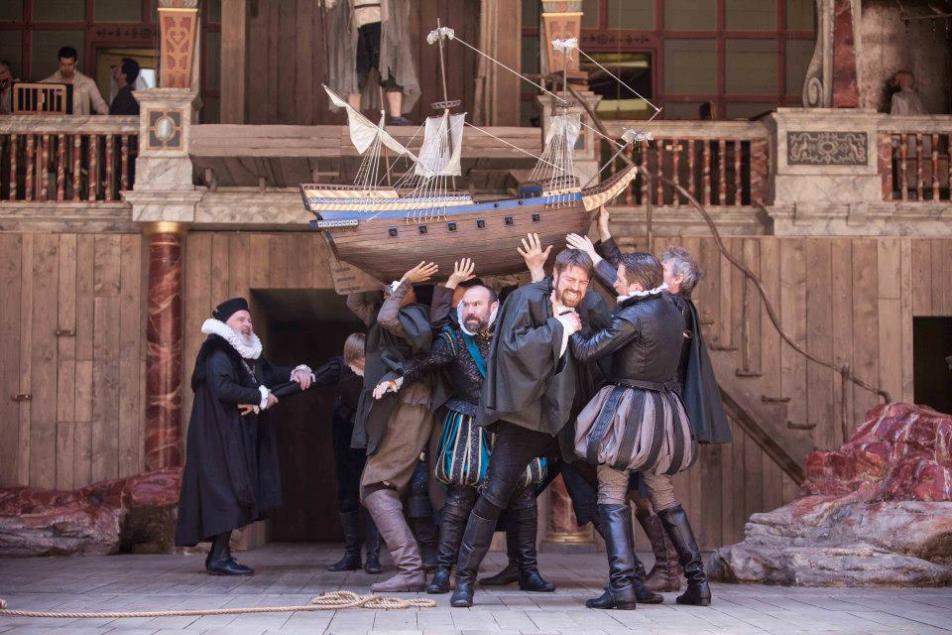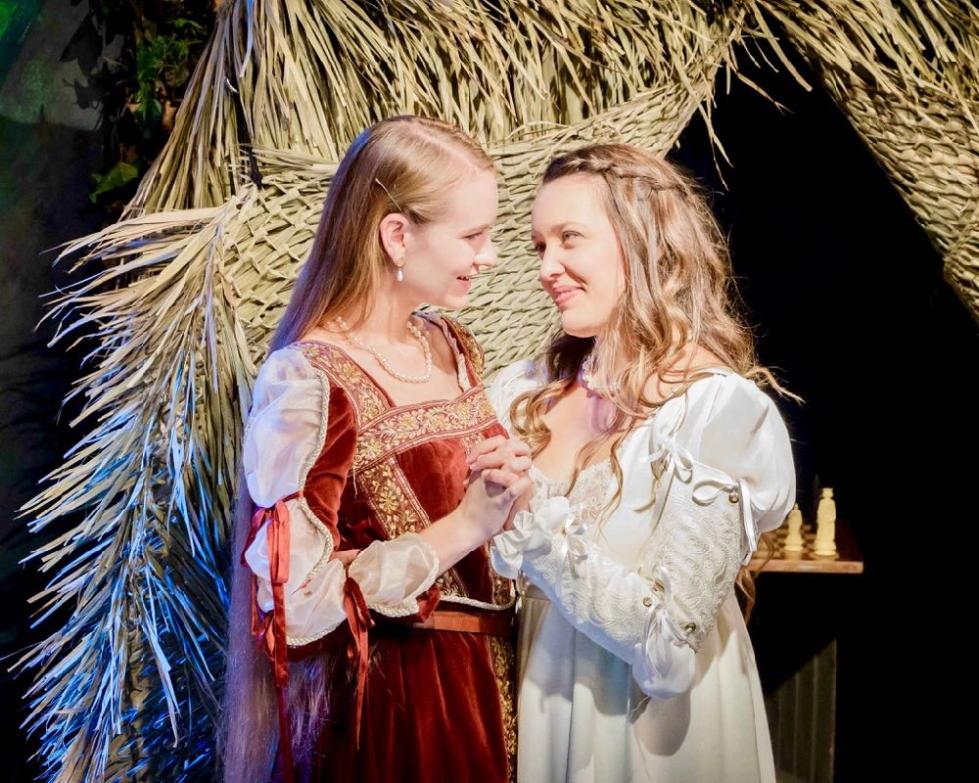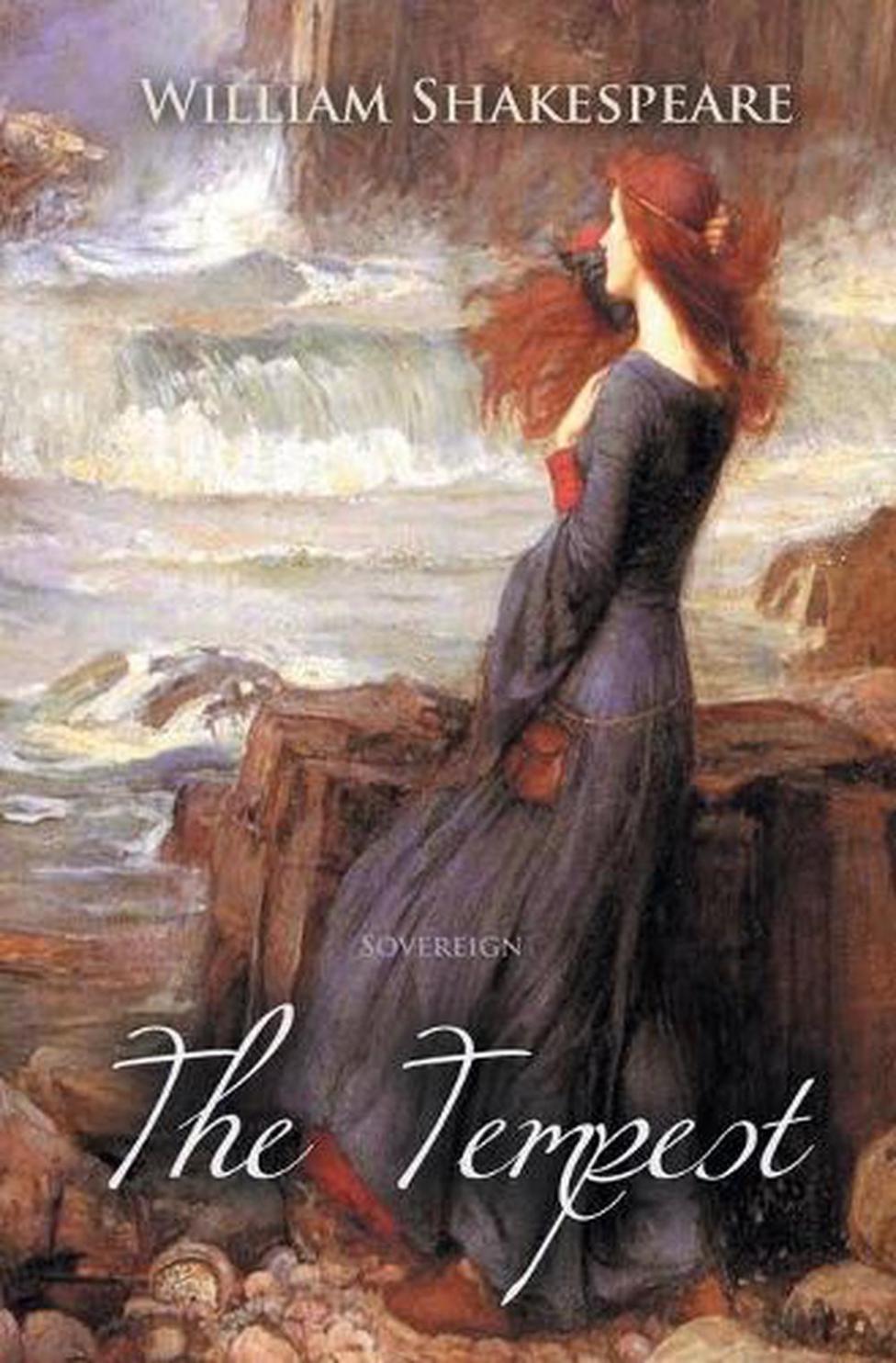How Does Shakespeare Use Characters Like Ariel and Caliban to Explore the Complexities of Human Nature?
In the realm of literary masterpieces, William Shakespeare's "The Tempest" stands as a testament to the playwright's profound exploration of human nature. This enchanting play introduces us to a captivating cast of characters, among whom Ariel and Caliban hold a prominent place. Through these two contrasting figures, Shakespeare delves into the intricate depths of human nature, revealing its multifaceted complexities.

Ariel: A Spirit Of The Air
Ariel, a spirit of the air, embodies the ethereal and supernatural aspects of human nature. With his magical abilities and unwavering loyalty to Prospero, Ariel represents the potential for transcendence and the pursuit of higher ideals.
- Ariel's Characteristics and Abilities: Ariel possesses supernatural powers, including the ability to manipulate the elements, shapeshift, and vanish at will. These abilities symbolize the boundless potential of the human spirit and its capacity for transformation.
- Ariel's Relationship with Prospero: Ariel's servitude to Prospero highlights the complex interplay between power and submission. Ariel's willingness to serve Prospero reflects the human desire for guidance and structure, while Prospero's treatment of Ariel raises questions about the ethics of power and control.
- Ariel's Transformation and Growth: Throughout the play, Ariel undergoes a significant transformation. Initially portrayed as a willing servant, Ariel gradually develops a sense of self and a desire for freedom. This transformation mirrors the human journey of self-discovery and the struggle for liberation.
Caliban: A Savage And Deformed Creature
In stark contrast to Ariel, Caliban embodies the earthly and primal aspects of human nature. As a savage and deformed creature, Caliban represents the untamed instincts and desires that lurk within the human psyche.
- Caliban's Physical Appearance and Connection to the Island: Caliban's physical deformity and his deep connection to the island symbolize the raw, untamed aspects of human nature. His earthy origins and close association with the natural world highlight the primal instincts and desires that drive human behavior.
- Caliban's Resentment towards Prospero: Caliban's resentment towards Prospero stems from his desire for freedom and autonomy. His rebellious nature and his attempts to overthrow Prospero reflect the human struggle against oppression and the longing for self-determination.
- Caliban's Struggle between Savage Instincts and Capacity for Learning: Caliban's character arc reveals his capacity for learning and growth. Despite his initial hostility towards Prospero, Caliban gradually develops a thirst for knowledge and a desire for refinement. This struggle between savage instincts and the potential for learning mirrors the human capacity for both good and evil.
The Duality Of Human Nature

Through Ariel and Caliban, Shakespeare explores the duality of human nature, highlighting the opposing forces that coexist within each individual. Ariel represents the ethereal and aspirational aspects of humanity, while Caliban embodies the earthy and instinctual drives.
- Comparing and Contrasting Ariel and Caliban: Ariel and Caliban's contrasting qualities highlight the complex and multifaceted nature of human beings. Ariel's ethereal nature and Caliban's earthly origins symbolize the opposing forces that shape human behavior.
- Ariel and Caliban as Representatives of Human Nature: Ariel and Caliban can be seen as representations of the different aspects of human nature. Ariel embodies the rational and spiritual aspects, while Caliban represents the primal and instinctual drives. Together, they provide a comprehensive exploration of the human psyche.
- The Idea of the "Noble Savage" and Its Relevance to Caliban: The concept of the "noble savage" is relevant to Caliban's character. Despite his savage appearance and behavior, Caliban possesses a capacity for learning and a desire for refinement. This suggests that even in the most primitive of beings, there is the potential for nobility and growth.
The Power Of Forgiveness And Redemption
In "The Tempest," Shakespeare explores the transformative power of forgiveness and redemption. Prospero's treatment of Ariel and Caliban and their ultimate fates shed light on the human capacity for growth and change.
- Prospero's Treatment of Ariel and Caliban: Prospero's treatment of Ariel and Caliban is a complex and nuanced portrayal of power dynamics and the potential for redemption. His initial harsh treatment of Caliban gives way to a more compassionate approach, ultimately leading to Caliban's forgiveness and liberation.
- The Theme of Forgiveness and Redemption in the Play: The theme of forgiveness and redemption is central to "The Tempest." Prospero's decision to forgive his enemies and grant them freedom highlights the transformative power of forgiveness. This theme resonates with the human experience, offering hope for reconciliation and healing.
- Ariel and Caliban's Ultimate Place in the World: Ariel and Caliban's ultimate fates reflect the play's exploration of forgiveness and redemption. Ariel is granted his freedom and ascends to a higher realm, while Caliban finds a place of belonging on the island. These outcomes suggest that even those who have committed wrongdoings can find redemption and a place in the world.

In "The Tempest," Shakespeare masterfully uses the characters of Ariel and Caliban to explore the intricate complexities of human nature. Through their contrasting qualities and compelling storylines, Shakespeare delves into the duality of human nature, the power of forgiveness and redemption, and the human capacity for growth and change. The play's enduring relevance lies in its timeless exploration of the human condition, offering profound insights into the complexities that shape our lives.
Ariel and Caliban stand as enduring symbols of the opposing forces that reside within each of us. Their journey through the play reflects the human struggle to reconcile our ethereal and earthly aspects, our aspirations and our instincts. Shakespeare's exploration of human nature in "The Tempest" continues to resonate with audiences today, reminding us of the boundless potential and inherent contradictions that define our humanity.
YesNo

Leave a Reply